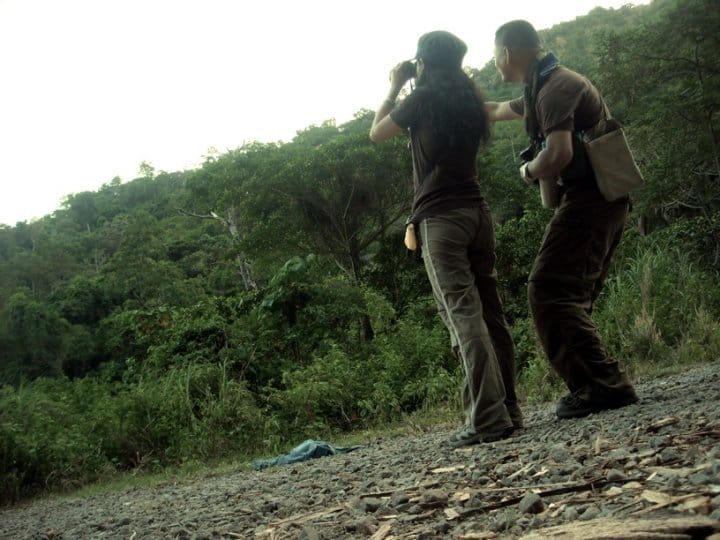By Jasmin Meren
One thing noticeable among fellow birdwatchers is their growing interest in trees and plants. Yes, many of our members are plantitos and plantitas, but they pay closer attention to our Philippine flora.

Why study our native flora?
Birdwatchers commonly find their birds perched or feeding on a tree or plant. Many grow curious as they see the same tree attracting an assortment of birds. We sometimes call these trees “magic trees” or “bird magnets”. Birdwatchers are driven to explore the world of plants especially after experiencing forest birding and finding themselves struggling to locate a bird. When a fellow birder says, “It’s there on the Tibig!”, it helps to know what a tibig (Ficus nota) is. It helps immensely when one knows what a Malabulak (Bombax ceiba) or a Tangisang Bayawak (Ficus variegata) look like. Even “that one that looks like a mango or narra” requires some familiarity with mango and narra trees.

“Do you see that large tree with the dead branch to the left? Good! The bird’s not there.”
Jon Villasper, 2010
As experience grows, we become conversant with the plants that harbor birds and call them by their names. Here are two native trees that feed our wildlife, and are both bird magnets!

The discovery of easy, accessible birding sites along Infanta Road, which winds through the southernmost reaches of the Sierra Madre Mountain range has attracted many birdwatchers. Just along the road are numerous hagimit trees (Ficus minnahasae), which produce small clusters of fruit that grow on very long flagella emanating from the trunk, often reaching the earth. The position of the fruit makes it suitable for eye-level observations and photography.
Hagimit is a member of the fig genus, which has a special relationship with fig wasps. Find out more here: life and death fig wasp. Check out previous eBON articles by George Inocencio and Lovely Ramos for other bird species that feed on hagimit trees.

A bird’s beak offers clues to its preferred diet. The Red Crossbill (Loxia curvirostra) is a high-altitude bird with a curious-looking beak that looks deformed. The Red Crossbill’s crossed bill is used to pry open pine cones to access the seeds inside. These birds can only be found in the Cordilleras which have forests of Pinus kesiya. This species is also dominant in Baguio, for which it was called the “City of Pines”. We call Pinus kesiya Benguet Pinehere, but it is known as Three-Needled Pine in other countries where it also occurs. It’s called such because its needle-like leaves form a fascicle in groups of three. So, if this Red Crossbill is on your list of must-see-birds, you have to visit the Cordilleras and look for pine trees with mature cones.
Knowing our native flora allows us to see our target species, and sometimes get lucky with other surprise ‘birdsitors’, too! This knowledge also gives us an idea of what to plant in our gardens to attract wildlife.
So, when birders are out there and the birds are a no-show, what do they do? They look around and observe other wildlife. It’s not limited to flora – some are into butterflies, amphibians, reptiles, etc. Birders are naturalists; they simply enjoy observing and knowing nature.

Hi Jasmine,
Great article.
Roberto